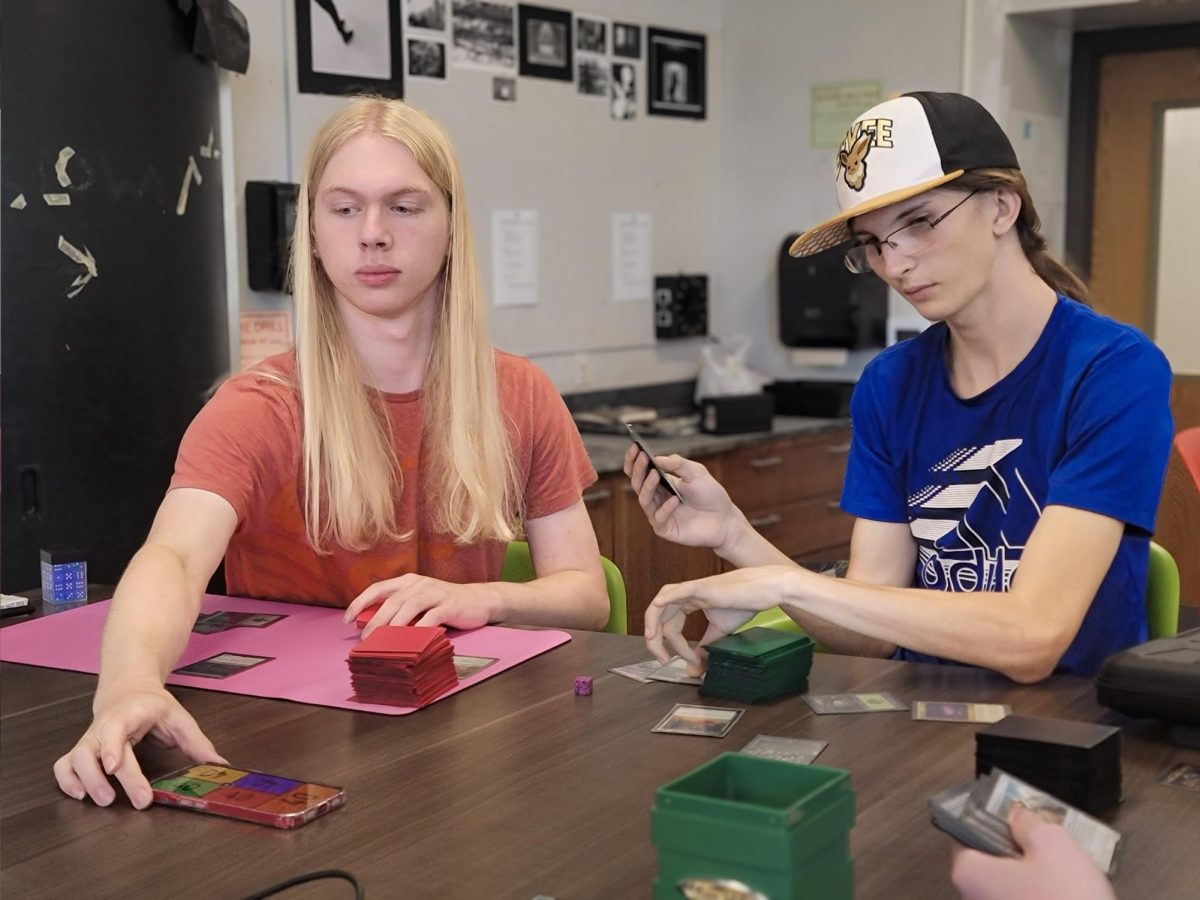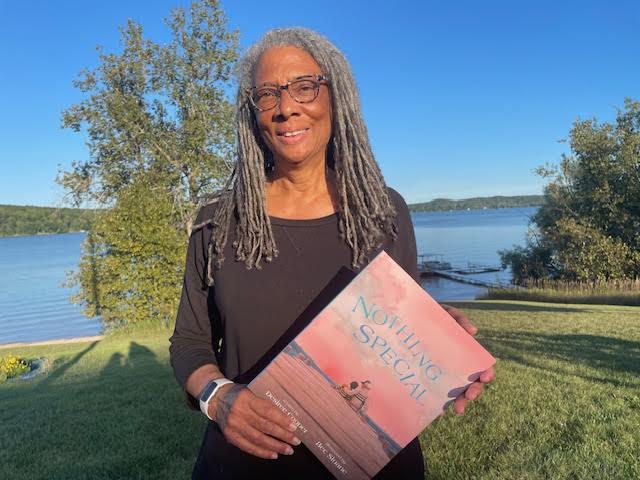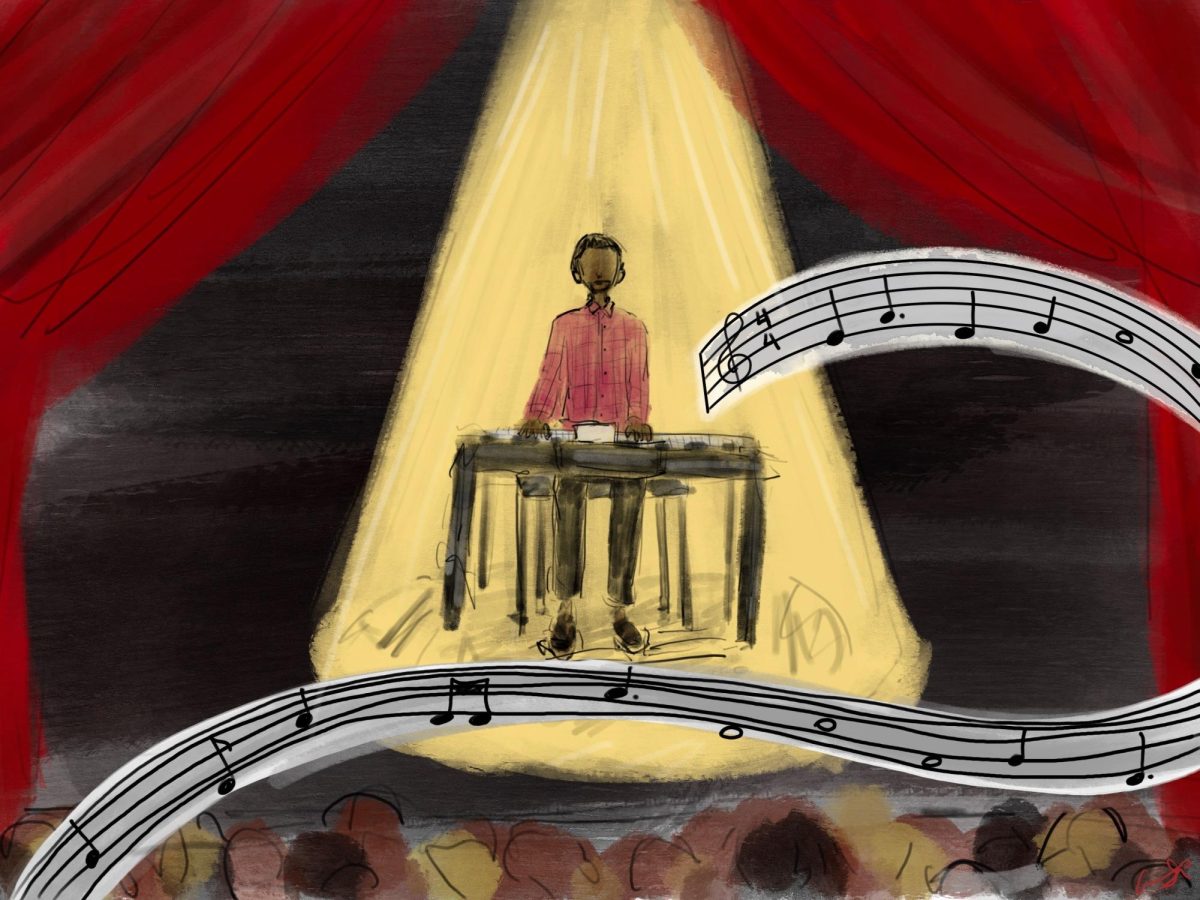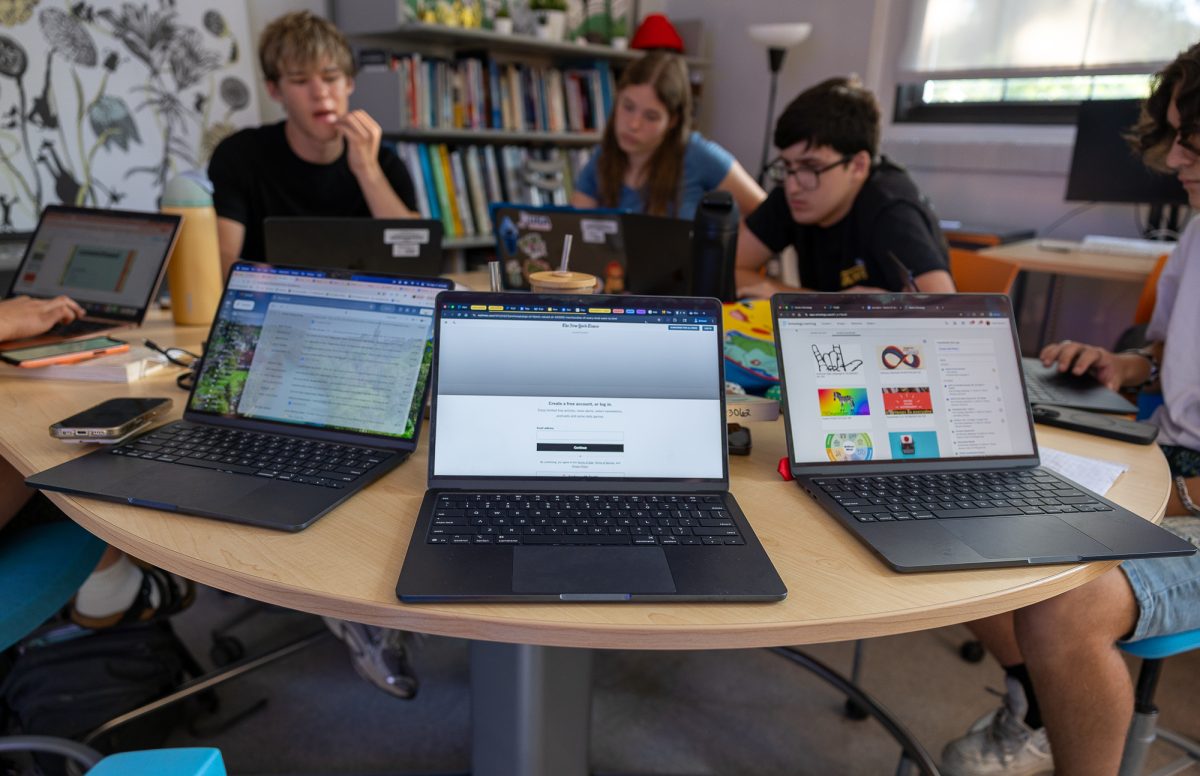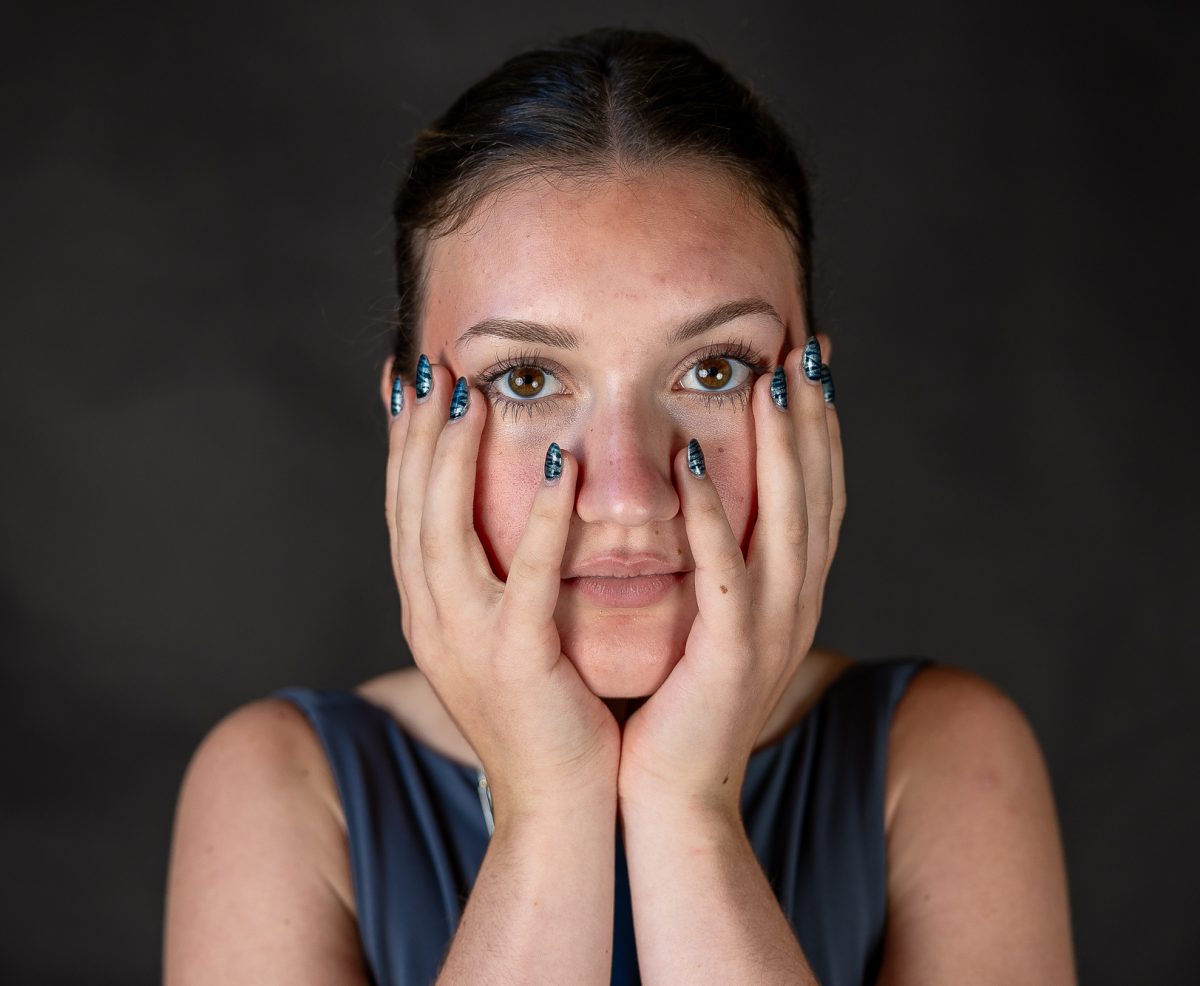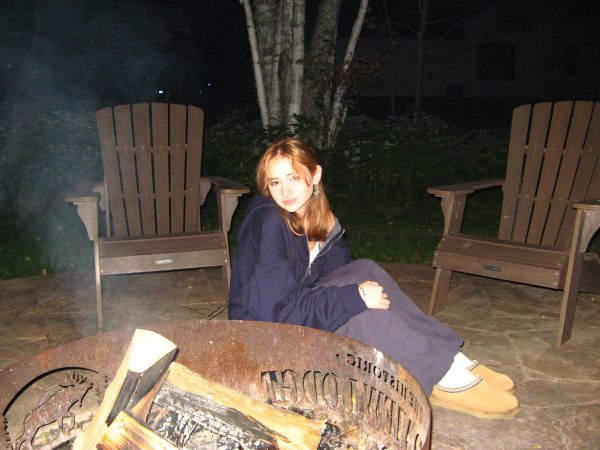70’s
From Moon Shoes to Jordans, high schoolers have always been dating, but not in the way we are familiar with today. Rotary phones, disco dancing and Queen. In an era pre-dating technology, any sort of messaging system aside from telephones, social interaction was almost entirely done in person.
“It was really different because of the way that you’d communicate with people,” Liz Stern said, a CHS science teacher and member of the high school class of ‘78. “Communication was always face-to-face.”
Because of this, romantic relationships tended to be social occurrences than private one-on-one interactions.
“A lot of times you’d talk to your friends and you’re like, ‘Oh I really like that person’ and they can act as your ‘go between’,” Stern said.
For Stern, a large differentiating factor between now and then was the almost non-existent presence of homosexual relationships in the 70s.
“There was not a presence of anything at all but heterosexual dating. That was it,” Stern said. “If you wanted to date somebody of the same gender, it just didn’t happen.”
At a conservative high school like Stern’s, being openly homosexual was not an option for many students.
“I think that there was a lot of trauma associated with having to hide or not even acknowledge who you were really attracted to,” Stern said. “I think it took people getting out of high school and being able to get older to figure out that they could date who they wanted to.”
80’s
Passing notes, landlines and Rocky Horror Picture Show were part of the 80s, which were full of fun and music. Some 40 years ago, our teachers at CHS were finding their way through relationships and focused on getting home before curfew.
Danelle Mosher could spot major differences in dating sequences between the 1980s and today. French teacher and CR Instructor at CHS, Mosher revealed some memories that, for her, began collecting dust. Digging deep into her thoughts, she recalled those times in high school when stakes were high when someone’s “crush” was in the room.
Mosher thought of times when notes were passed from one another, confessing feelings back and forth, arranging dates and possibly even becoming partners. She would keep her eye out for slips of paper coming her way and what came after that.
“It went from someone who likes you to flirting with them and maybe sending notes to each other,” Mosher said. “But eating lunch together and hanging out would really help to get to know the person.”
Dating seemed to be a slower process for Mosher because of some specific factors. Having shared phones that ran on landlines was a homebase for fear. When Mosher heard the ring of the hung-up telephone on the wall, her parents would answer as she nervously thought it could be someone she had been waiting for.
Landline phones were connected in each home, depending on if you had more than one. It was possible to pick up one of the phones, and someone else pick a different one up and listen in on your conversation. This struck a little bit of nervousness in the eyes of Mosher, seeming that she’d wanted to have private conversations. Fortunately, her parents were very considerate and let her have her time.
“They would call and your mom would answer and you just talk,” Mosher said. “But my parents were very respectful. You’d sit and talk on the phone for like hours at night. I don’t know what the heck we talked about.”
Social media can now be used to strengthen a relationship with its quick communication. It’s something that wasn’t put into the world until 1997 making it a little more of a thought-out process for some people, including CHS librarian, Jeri Schneider. Schneider had encountered a few instances where dating was a possibility throughout high school. Major events that lead to these opportunities were school dances where people would try and find a date and hopefully create a spark.
“We usually would have a dance every month,” Schneider said. “That was a chance where people could either ask somebody to go, but usually, I think usually for dances, people would go with friends and then you’d meet up with people you know.”
Schneider has realized recently that through the use of social media, it’s easier to communicate with others ever since her son became involved in it. He was involved in MySpace right as he’d graduated high school, which was new to even Schneider herself.
“He might have had Facebook at some point,” Schneider said. “I don’t even remember when Snapchat, Instagram, Twitter all that stuff came out. I think that came out after he was done with high school.”
90’s
Leaving an era of Cabbage Patch Kids, we enter the 90s, a time of activism, social justice and Tamagotchi.
“It was so much more in person,” said CHS teacher Chloe Root. “It was just so much more direct.”
Root spent the beginning of their high school years at Huron High School, but eventually transferred to CHS. During these years, they observed a key difference between the amount of queer presence across the different schools.
“At Huron, I felt like I was not ‘out.’ I would hear people say homophobic stuff all the time,” Root said. “I wasn’t a member of their GSA, but I was an “ally” of the GSA. I was not about to try to put myself in danger.”
After transferring to CHS, Root was finally able to feel at home. “I always felt really safe here,” Root said.
Despite CHS typically being more open to queer students than other schools, there were still less openly LGBTQ+ individuals during this time.
“It was a very small group of people that were ‘out’ at community — way fewer than now,” Root said. “Basically everyone who was ‘out’ was in the GSA too. That was how we identified each other.”
70s, 80s and 90s alike, dating has changed a ton over the past 50 some years as the CHS staff laughed as they remembered the moments of their teenage years. Recalling the memories that shaped their lives, even just a little bit, shows how they are now.





